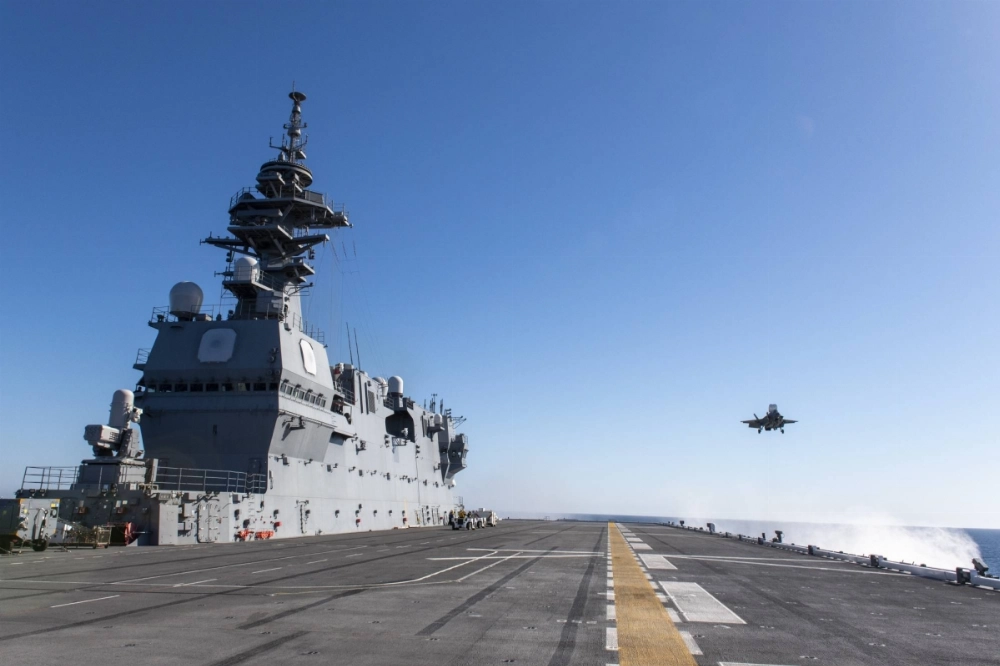A U.S. F-35 stealth fighter jet has successfully landed on Japan’s Kaga helicopter carrier for the first time, as part of moves to turn the Kaga and its sister ship, the Izumo, into full-fledged aircraft carriers.
A test pilot flying a specially instrumented F-35B short takeoff and vertical landing variant of the advanced aircraft touched down Sunday afternoon off the southern coast of California, the Maritime Self-Defense Force and U.S. Navy’s 7th Fleet said Monday.
Working with the U.S. Navy and Marine Corps, the MSDF is conducting tests to determine if there are issues with F-35Bs taking off from the Japanese vessel, while also verifying procedures for storing the aircraft in its hangar, as well as taxiing, fueling and its maintenance.


















With your current subscription plan you can comment on stories. However, before writing your first comment, please create a display name in the Profile section of your subscriber account page.